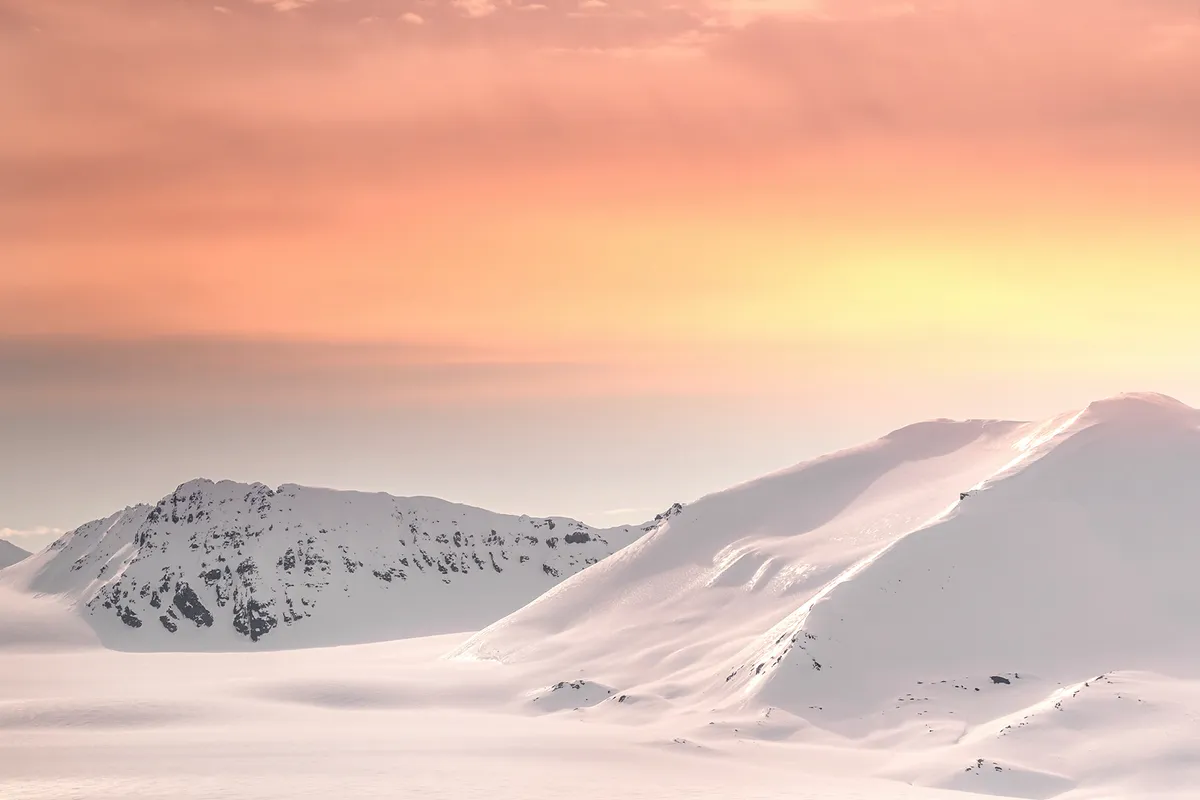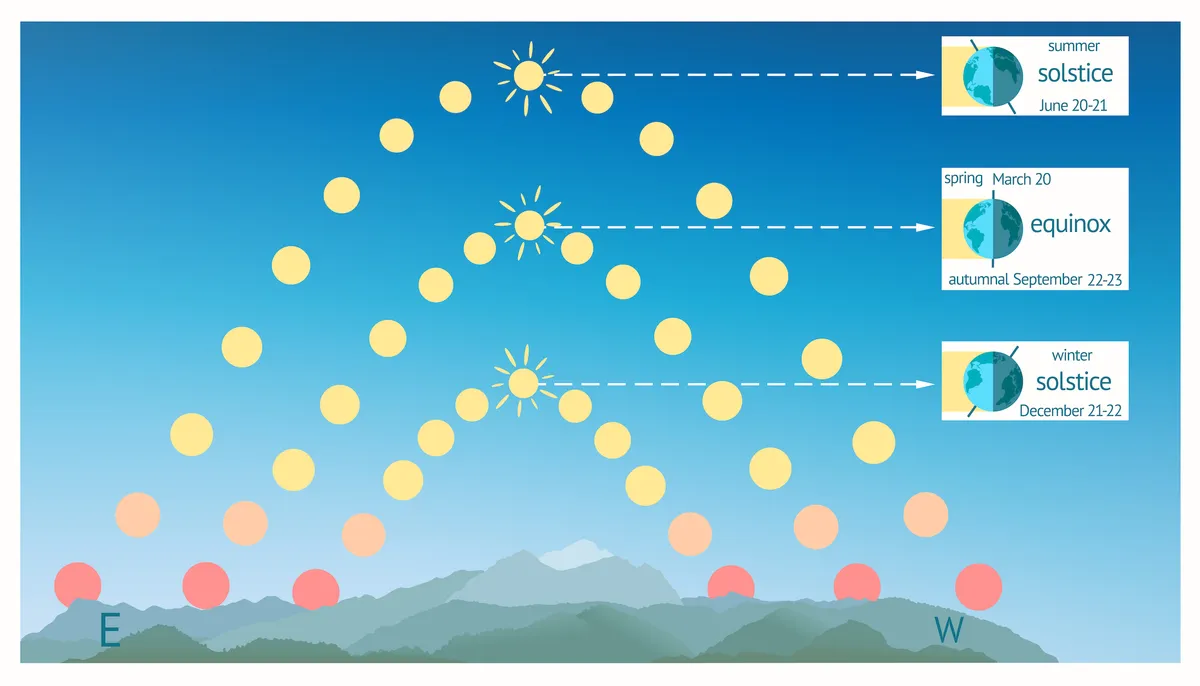Despite the wind and rain, summer is here! We’re exactly halfway through the year, and midway between the two equinoxes. The summer solstice marks the first astronomical day of summer, and for many people around the world, it’s a time to celebrate.
But when exactly is the summer solstice? And how does it affect the different latitudes? Read on for answers to this and more.
For those who missed it, you can check out our fantastic gallery of thebest Wolf Moon pictures, the first full Moon of 2022. If you’re looking forward to clear nights this year, why not plan ahead with ourfull Moon UK calendarandastronomy for beginners guide?
When is the summer solstice in 2022?
The summer solstice is on Tuesday 21 June 2022. The summer solstice marks the first day of astronomical summer, and the precise time of the solstice will be at 10:13am BST.
There are two solstices every year, one in June and one in December.
What is the summer solstice?
The summer solstice is when the Sun reaches its highest point in the sky, and here in the northern hemisphere, that results in the longest day of the year.
The solstices (and the equinoxes) are the result of Earth’s tilt and its orbit around the Sun.
The Earth’s axis of rotation is tilted by around 23.4 degrees relative to its orbit around the Sun. This means that during the summer Solstice, the northern hemisphere is at its maximum tilt towards the Sun, resulting in the longer daylight hours. Similarly, during the winter solstice, the northern hemisphere is tilted furthest away from the Sun.
To put it simply, when one of the poles is tilted more towards the Sun, that hemisphere receives more sunlight than the other hemisphere, giving us summer.
If the Earth were not tilted, the Sun would remain directly above the Earth’s equator for the entire year. This means we wouldn’t have seasons as we know them, although we may have ‘climate zones’.
But the solstice is not necessarily the hottest day, which typically occurs during July or August in the northern hemisphere. This is because land temperatures are still relatively cool thanks to the preceding spring. Our seasons are subject to something called a ‘seasonal temperature lag’, and this is because it takes a while for the maximum heating effect on air temperatures to occur.
As the oceans and land masses release the heat absorbed from the longer days back into the atmosphere, this will typically lead to an increase in temperatures later in July and August.
How the solstices affect different latitudes
The solstice affects different latitudes in different ways. At the poles, there is extreme variation between the summer and winter solstices. You’ve probably heard of countries in the Arctic circle being referred to as ‘the land of the midnight Sun’. At Svalbard, for example, the Sun doesn’t set from around 20 April and 20 August and remains above the horizon providing 24-hour sunlight. Whereas during the winter months, or ‘polar night’, the Sun doesn’t rise from mid-November to late January.

At places along the equator (0 degrees latitude), in Kenya for example, there’s very little change in the amount of daylight hours all year round. This is thanks to the consistent direct sunlight, and, as a result, the Sun will always rise around 6am and set around 6pm every day.
What caused the Earth to tilt?
Gravitational forces from the Sun and Moon, as well as the larger planets in the Solar System, Jupiter and Saturn, exert a pull on the Earth. In addition to the series of bombardments endured by the Earth is its early days, this has resulted in a tilted axis. The angle of tilt cycles between 21.5 degrees and 24.5 degrees, in an astronomical cycle that occurs over a period of around 41,000 years.
Where is the Sun during the solstice?
During the summer solstice, the Sun is at its furthest point north of the celestial equator and remains at almost the same declination for around two weeks. This is why the Sun appears high in the southern sky as seen from the northern hemisphere, and low in the northern sky as seen from the southern hemisphere.
During the solstice, the Sun is directly over the tropic of Cancer, a line of latitude that circles the Earth at approximately 23.27 degrees north of the equator.
What does the word ‘solstice’ mean?
The word ‘solstice’ is Latin in origin, and derives from the words Sol, meaning ‘Sun’, and the word sistere, meaning to ‘stand still’. Both at the June solstice and the December solstice, the Sun reverses its apparent annual north-south motion.
What’s the difference between an equinox and a solstice?
Think of solstices and equinoxes as sort of opposites, the difference between them being the number of daylight hours that we receive on Earth. The two solstices in June and December mark the longest (summer solstice) and shortest (winter solstice) days of the year, whereas at the two equinoxes, the days and nights are of almost equal length.
During the summer solstice, the northern hemisphere is at its maximum tilt towards the Sun, so the Sun appears at its highest in the sky, resulting in the longest day of the year. During the winter solstice, the northern hemisphere reaches its maximum tilt away from the Sun, so the Sun appears at its lowest in the sky, giving us the shortest day of the year. However, during the equinoxes, the Sun is in the middle of the two solstices and is positioned directly above Earth’s equator.

Why do the dates of the summer solstice change?
The dates of the summer solstice changes depending on when the Sun reaches its most northerly point from the celestial equator, which varies between 20, 21 and 22 June.
This is because the Earth takes a little more than 365 days to complete a single orbit around the Sun. Specifically, it takes 365.25 days for us to orbit around our star (this is also known as one ‘tropical year’). In the Gregorian calendar, they accounted for this by adding one extra day every four years, and this is why we have leap years.
Dates and times of the summer solstices, BST
2022: 21 June, 10:13am
2023: 21 June, 3:57pm
2024: 20 June, 9:51pm
2025: 21 June, 3:42am
2026: 21 June, 9:24am
2027: 21 June, 3:10pm
2028: 20 June, 9:01pm
2029: 21 June, 2:48am
2030: 21 June, 8:31am
Do any other planets have solstices?
Yes! When the pole of any planet is at its maximum tilt towards the Sun, we get the summer solstice (north pole tilted towards the Sun) and the winter solstice (south pole tilted towards the Sun). Every planet in the Solar System has seasons, although they’re not the same as the seasons we experience here on Earth.
Like Earth, Mars’s spin axis is tilted by 25.2 degrees, and in 2016 the Martian solstice fell within a few days of Earth’s thanks to its eccentric orbit.
Why do people celebrate the solstice at Stonehenge?
There’s a lot about the ancient monument Stonehenge that we don’t know, but we do know that it has been the centre of ritual celebration for millennia. The standing stones are oriented to mark the position of the rising Sun at the solstices, and thousands of people flock to the Neolithic monument in honour of the occasion. Although there is some debate as to whether they were originally built for a specific solstice, or both.
The different stones at Stonehenge have been designated different names, and beyond the main circle is a stone called the Heel Stone. It lies a little over 78m (256 feet) to the north-east of the main circle and marks the point of the rising Sun on the summer solstice, as seen from the centre of the circle. It’s likely that it once had a partner, and together they would have framed the sunrise, however that stone has been lost to history.
Read more: